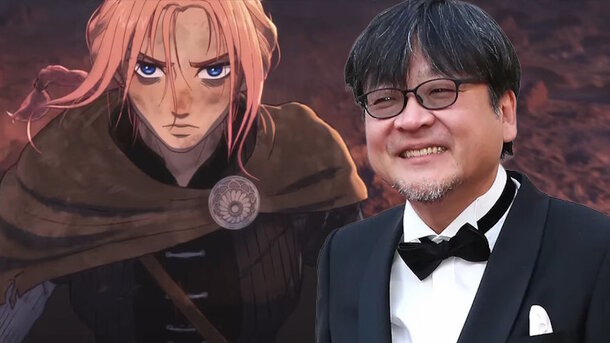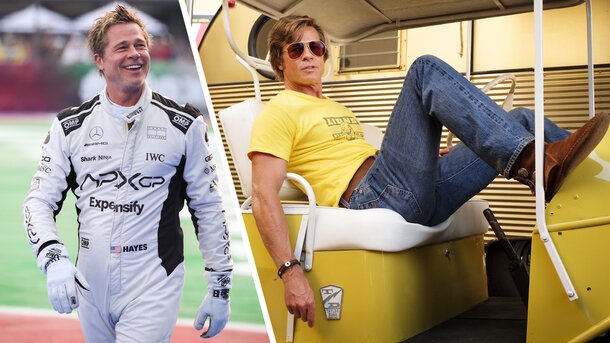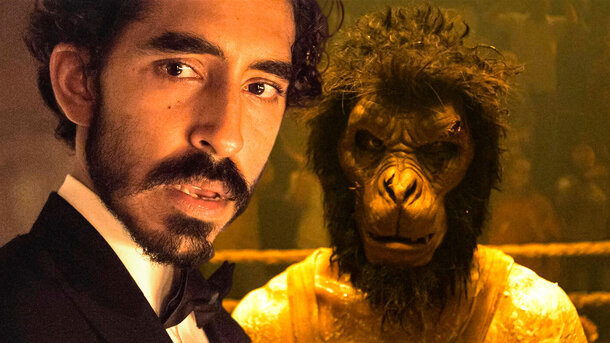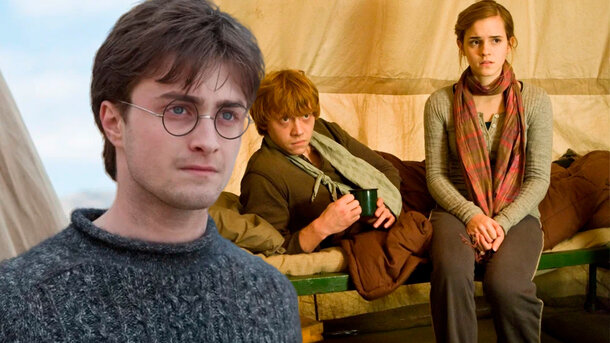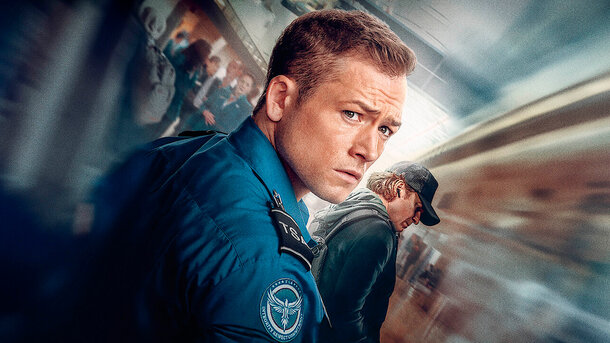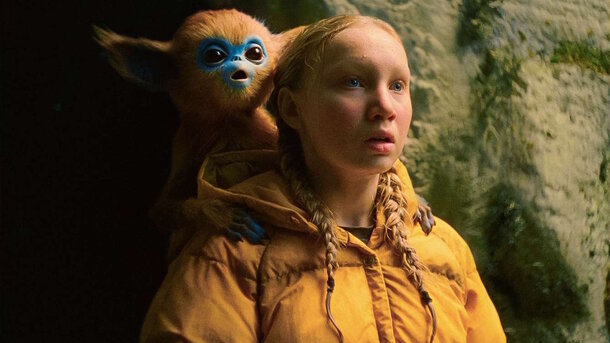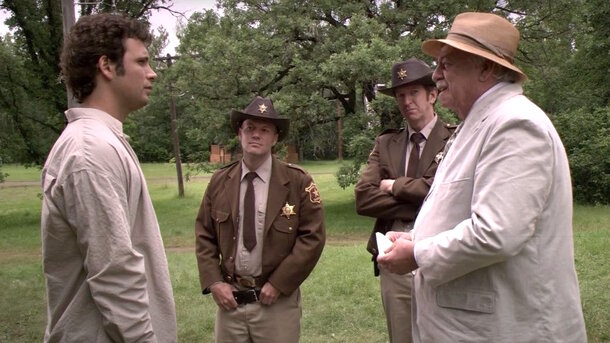Robert Eggers' Nosferatu became one of the most anticipated releases of last year, and the appearance of Bill Skarsgård as Count Orlok remained a mystery until the film's release — it’s no surprise that the “updated” look of the famous vampire elicited a wide range of reactions from viewers. In addition to the fact that Count Orlok now sports long mustaches, the character significantly differs from his prototype in the original Nosferatu and even from the vampires whose images appear in modern cinema — as it has recently been revealed, this was indeed Eggers' intention.
Robert Eggers wanted to create a more "folkloric" image of Count Orlok
The director shared this in one of his interviews — according to him, he wanted to create a character that reflected the beliefs of Balkan and Slavic people, who truly believed in the existence of vampires and feared their arrival. Eggers added that since people were so frightened, there had to be something terrifying in the very image of the mythical creature — and the main vampire of contemporary cinema, Edward Cullen from Twilight, certainly does not evoke any feelings of fear. Thus, the director really had to work hard to remind the audience what a vampire should be — in Eggers' view, it’s also a zombie-like creature, which makes the story even more unsettling.
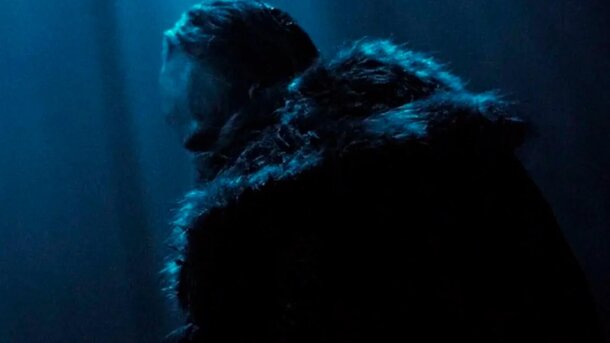
Count Orlok's mustache in Nosferatu is also a tribute to Eastern European tradition
In Bill Skarsgård's portrayal of Count Orlok, there are many notable details, but the most attention from viewers was drawn to his mustache — this, as Eggers admitted, was also borrowed from Slavic culture. The director explained that he understands perfectly well that not everyone will appreciate a vampire with a mustache or beard, but for him, it was important because vampires in Eastern European tales and legends looked exactly like that. Just think of Dracula from Bram Stoker's novel or the image of Vlad the Impaler — these figures became the main inspiration for Skarsgård's portrayal in the film.


